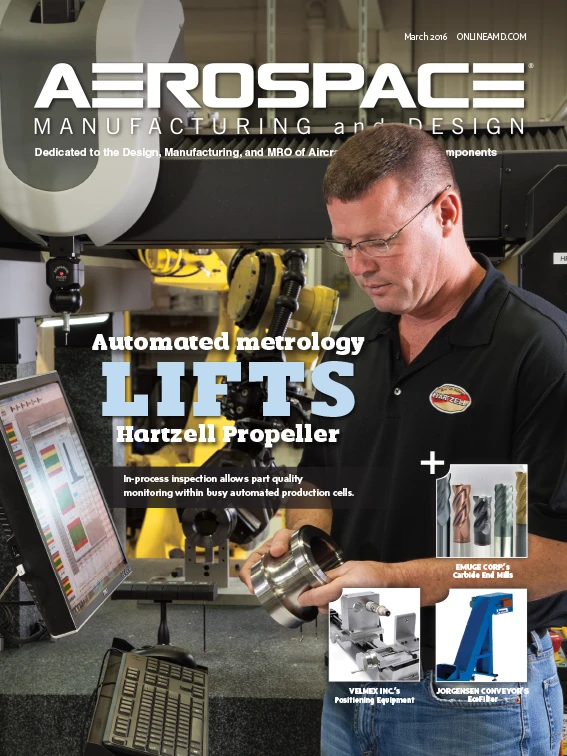
In 2014, the U.S. aerospace & defense (A&D) sector directly employed 1.23 million workers, paying $115.64 billion in wages. Notably, payroll increased 7.2% from 2010, despite a 9.4% decrease in the number of A&D workers during that period.
Approximately 185,321 jobs were lost in defense from 2010 to 2014, but these losses were offset by 56,784 jobs gained in the commercial aerospace subsector. Demand for new airliners propelled revenue, production, and backlog, pushing commercial aerospace to directly employ 387,521 workers in 2014 – 31.4% of the total. Defense, its numbers enlarged by space and security employment, accounted for 845,066 workers, 68.6%.
These are the findings of the “U.S. Aerospace & Defense Labor Market Study” released in February, authored by Tom Captain, vice chairman and U.S. A&D sector leader, Deloitte LLP, and global A&D industry leader, Deloitte Touche Tohmatsu Ltd. The study can be found at http://goo.gl/chkDJX.
The numbers give substance to sentiments that aerospace is doing well, and the study pinpoints average wage growth across the sector. According to Deloitte, A&D jobs are paying almost twice the national average, notwithstanding the defense job losses. Average A&D wages increased from $79,253 in 2010 to $93,818 in 2014, an 18.4% jump.
For aerospace product and parts manufacturing specifically – as defined by North American Industry Classification System (NAICS) Code 33641 – average wages per employee rose from $82,895 in 2010 to $99,443 in 2014, a 20.0% increase.
The outlook for overall A&D sector employment in the next few years is positive, according to Captain, driven primarily by growth in the U.S. defense budget due to heightened security threats and recapitalization requirements. Strong passenger travel demand and equipment replacement will likely boost commercial aerospace employment.
Overall, the A&D sector is expected to add more than 39,000 additional employees in 2016, equating to job growth of about 3.2%.
I asked Tom Captain if inflationary pressure created by ramped-up commercial aircraft projects will push wages higher. Captain replies that wages are expected to grow in the near future in line with the average U.S. inflation rate. However, there is a caveat.
“As baby boomers retire, the sector may face challenges in recruiting specialized engineering talent,” Captain warns.
Silicon Valley, high-tech start-ups, and Wall Street are attracting more college graduates than aerospace, recent studies show. Younger workers are more willing to change jobs, putting further pressure on wages.
I also asked Captain if automation – industrial robots in particular – will be enough to offset inflationary wage pressure. His answer distinguishes between design and manufacturing activities. “Increasing automation, advanced manufacturing technologies, and Industry 4.0 will continue to drive efficiencies and productivity,” he notes. “Wage pressure will be more evident at the product development and engineering positions – which automation would not directly replace – rather than among assembly and production employees.”
How does this analysis compare to your experience? Your email comments are welcome. – Eric

Explore the March 2016 Issue
Check out more from this issue and find your next story to read.
Latest from Aerospace Manufacturing and Design
- Address the challenges of machining high-temperature aerospace components
- Elevate your manufacturing operations with April’s Manufacturing Lunch + Learn
- America Makes announces IMPACT 3.0 Project Call worth $4.5M
- Updated parting and grooving geometries from Sandvik Coromant
- AIX showcases the future of air travel
- Sunnen Products' PGE-6000 gage
- #41 Lunch + Learn Podcast - SMW Autoblok
- Revolutionizing aircraft design without sacrificing sustainability





